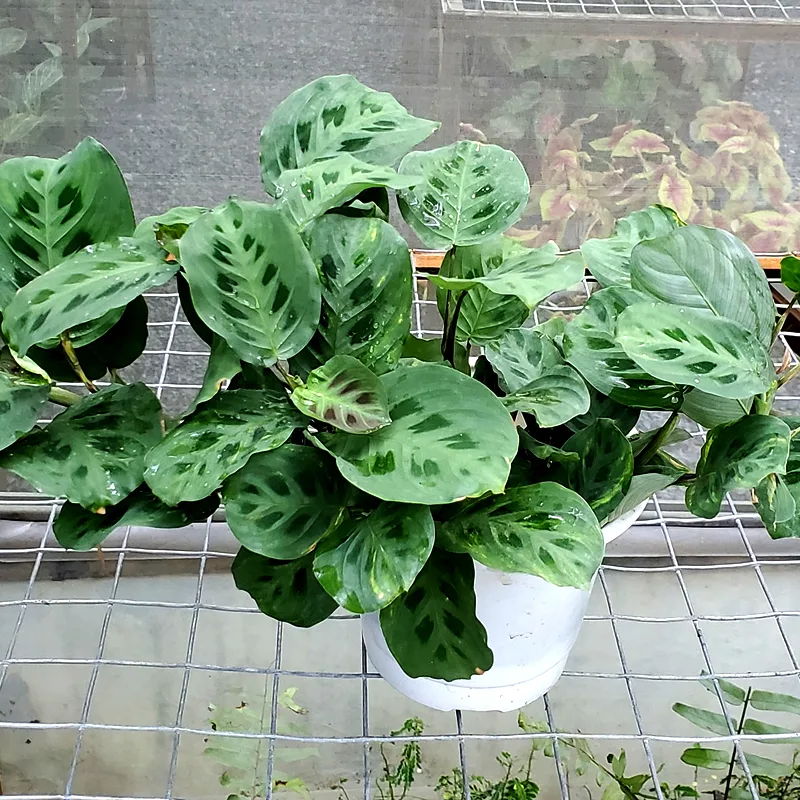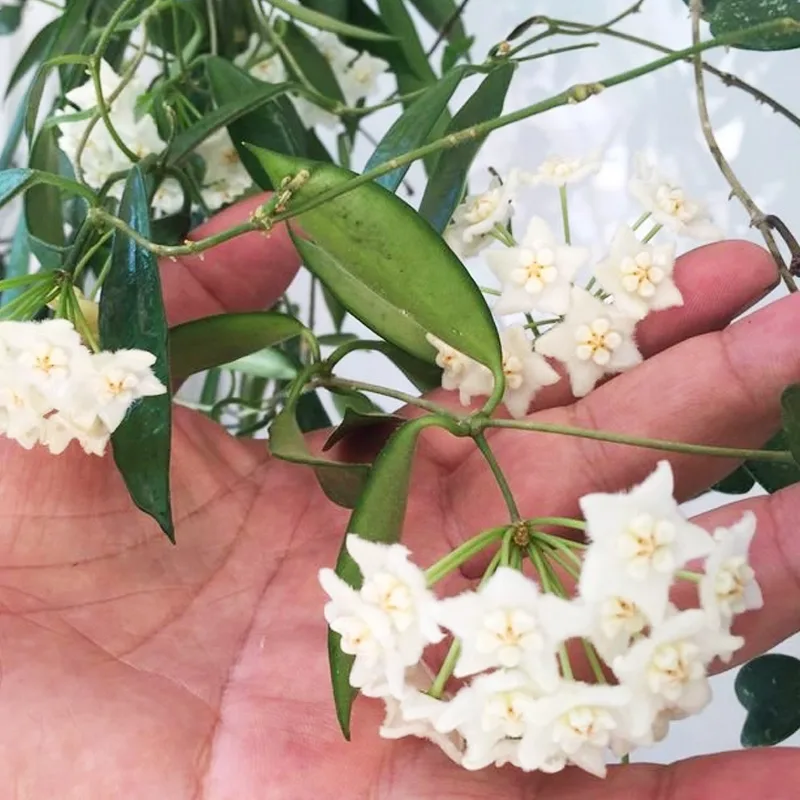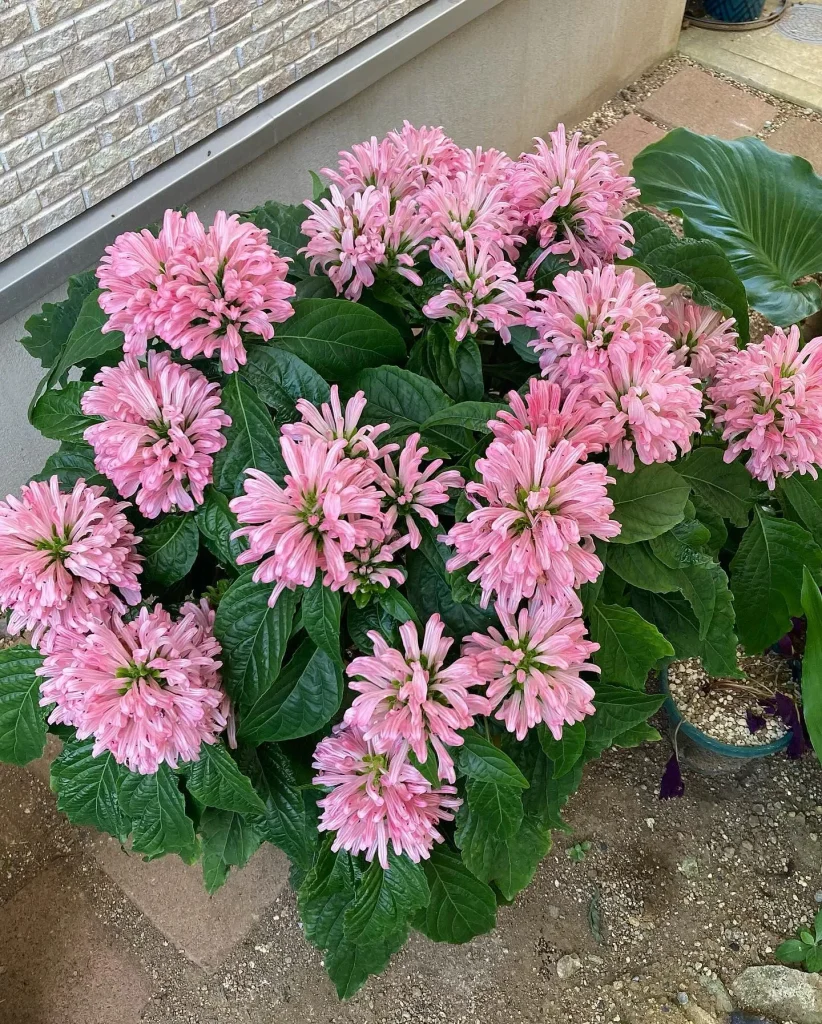FAQs About Symphyotrichum Lanceolatum: Your Comprehensive Guide
Symphyotrichum Lanceolatum, commonly known as the White Panicled Aster, is a perennial plant that adds charm to any garden. Over the years, I’ve spent quite some time with these lovely flowers, and I’ve received plenty of questions about them. In this article, I’ll answer some of the most common questions based on my personal experiences.
114 Species in Genus Symphyotrichum
What is Symphyotrichum Lanceolatum?
Symphyotrichum Lanceolatum is a North American native plant that belongs to the Asteraceae family. Its delicate white flowers with yellow centers bloom from late summer through fall. It’s often found in wetlands, prairies, and along rivers. With its resilient nature, it’s become a favorite for gardeners looking for an easy-to-care-for plant that attracts pollinators.
How to Care for Symphyotrichum Lanceolatum?
In terms of care, this plant is relatively low maintenance. I’ve found it to be quite adaptable, but it thrives best in full to partial sunlight. It prefers moist, well-drained soil, though it can tolerate some periods of drought once established.
To care for it properly, you should water the plant regularly during its first growing season. Once it’s established, it requires much less attention. I’ve never had any major issues with pests or diseases, making it an excellent choice for gardeners who want a fuss-free perennial.
How to Propagate Symphyotrichum Lanceolatum?
Propagation is straightforward. You can divide the plant in early spring or late fall. I’ve had the most success with root division. Simply dig up a mature plant and gently separate the roots into smaller sections. Replant the divisions in well-prepared soil, and you’ll see new growth in no time.
You can also propagate from seeds. After the flowers fade, they’ll produce seeds that you can collect and sow the following season. Keep in mind that seed propagation takes a bit more time and patience.
Can You Grow Symphyotrichum Lanceolatum Indoors?
While it’s possible to grow this plant indoors, it’s not ideal. Symphyotrichum Lanceolatum requires a lot of sunlight to thrive, and the average indoor environment doesn’t usually provide enough. If you’re determined to grow it indoors, placing it near a south-facing window and using grow lights might work. Personally, I’ve had better success with this plant in outdoor garden beds.
Are Symphyotrichum Lanceolatum Poisonous to Horses?
One of the most common questions I’ve encountered is, “Are Symphyotrichum Lanceolatum poisonous to horses?” After doing some research and consulting with fellow gardeners, I’ve found that while the plant isn’t considered highly toxic, it’s best to keep horses away from large quantities of it. Grazing animals like horses typically avoid eating it unless other food sources are scarce. However, ingestion of large amounts could cause mild digestive issues. So, if you have horses, it’s a good idea to limit their access to these plants.
What to Plant with Symphyotrichum Lanceolatum?
Companion planting can enhance the beauty of your garden, and Symphyotrichum Lanceolatum pairs well with other late-blooming perennials. I’ve planted it alongside goldenrods, Joe Pye weed, and other asters. These combinations create a stunning, natural-looking garden with a variety of colors and textures. It’s also a magnet for pollinators like bees and butterflies, making it a great addition to wildlife-friendly landscapes.
Benefits of Growing Symphyotrichum Lanceolatum
There are several benefits to growing Symphyotrichum Lanceolatum. First and foremost, it’s a pollinator-friendly plant. Every year, I see a flurry of bees, butterflies, and even birds enjoying the nectar and seeds. It’s also a hardy plant, capable of withstanding various environmental conditions. Plus, its long blooming season ensures that your garden remains vibrant well into the fall.
From an aesthetic standpoint, its delicate white flowers add a soft, natural feel to any space. I love how it complements more colorful plants without overpowering them.
Common Problems with Symphyotrichum Lanceolatum
In my experience, Symphyotrichum Lanceolatum is a tough plant with few issues. However, like all plants, it’s not entirely problem-free. The most common issues you might encounter are powdery mildew and root rot, both of which are typically due to poor air circulation or overly wet soil. I’ve found that planting it in well-draining soil and avoiding overhead watering can prevent these problems.
Another issue is that the plant can be quite aggressive if not kept in check. It spreads via rhizomes, so if you’re not careful, it can quickly take over your garden. To avoid this, I’ve made it a habit to divide and thin out my plants regularly.
Symphyotrichum Lanceolatum vs. Similar Species
People often confuse Symphyotrichum Lanceolatum with other asters, especially Symphyotrichum Novae-angliae (New England Aster). While both species have similar growth habits and bloom in the fall, Symphyotrichum Novae-angliae typically has larger, more vibrant purple flowers, whereas Symphyotrichum Lanceolatum produces smaller, delicate white blossoms.
In my garden, I’ve used both species, and they complement each other beautifully. If you’re looking for variety in your fall garden, planting both can create a striking contrast.
Is Symphyotrichum Lanceolatum Invasive?
This plant is considered somewhat aggressive, especially in moist, rich soils. While it’s not classified as invasive in most regions, it can spread quickly through rhizomes. If you don’t want it to dominate your garden, I recommend planting it in a controlled space or using root barriers to limit its spread.
Conclusion
Symphyotrichum Lanceolatum is a versatile, beautiful plant that offers both aesthetic and ecological benefits. Whether you’re a seasoned gardener or just starting out, it’s a great addition to your landscape. Just remember to keep an eye on its spreading habits, especially if you have other plants you want to protect. And if you have horses, make sure they don’t graze on it in large quantities.
If i die, water my plants!



